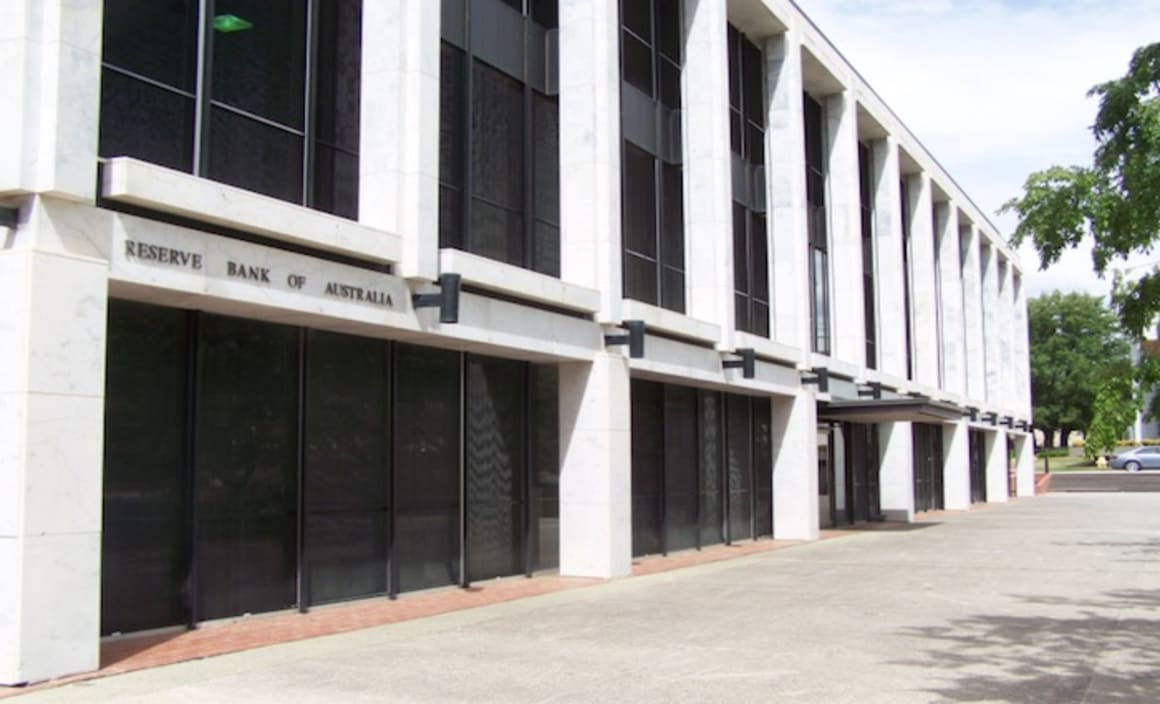Overly hopeful RBA board minutes contain few surprises: Bill Evans

EXPERT OBSERVER
However the minutes of the Monetary Policy Meeting of the Reserve Bank Board contain increased confidence for the consumer outlook.
The themes we have seen in previous minutes around a continuing global economic expansion tempered by some policy induced slowdown in the Chinese economy remain. As before, the issue around international trade is highlighted as a source of uncertainty for the global outlook. The forecasts for the Australian economy which were set out in the recent August Statement on Monetary Policy are described as largely unchanged.
Of most interest in the commentary around the economy relates to a more confident assessment of the risks around the consumer. “Recent data on wages growth and expectations of a further tightening in labour market conditions had provided more comfort that household income growth would continue to increase gradually and support the outlook for consumption”. In previous minutes, the outlook for household spending was described as a source of uncertainty. In these minutes, the Board points out that “the more recent increase in minimum wages, the announcement of future tax cuts, and expectations of a further tightening in labour market conditions had reduced some of the uncertainty around the outlook for consumption.”
Commentary around the housing market is unchanged with Sydney and Melbourne house prices having “declined further in July and across a broad range of properties”. No real outlook is provided, although the Board continues to point out that “some further tightening of lending standards by banks was possible”.
The investment outlook remained positive, although non-mining business investment was expected to grow at a more moderate pace than over the previous year. The pipeline for building construction work was still reasonable supporting the growth outlook in the near-term but, by implication, slowing further out.
The minutes confirm the forecasts in the August SoMP which anticipate both headline and underlying inflation failing below 2 per cent to 1 ¾ per cent in 2018. This downward revision to the previous 2 ¼ per cent and 2 per cent respectively is attributed to some one-offs on childcare, TAFE and car registration fees and utilities prices. Appropriately, Board Members note that there is a risk that the recent decline in wholesale electricity prices could have more persistent effects. Certainly Westpac is of that view.
Finally, as expected, the minutes emphasise that reducing the unemployment rate and returning inflation towards to the mid-point of the target remain the necessary conditions to support higher rates. It is reiterated that the next move in the cash rate would more likely be an increase rather than a decrease.
Conclusion
Today Westpac released an update to its forecasts, extending them out to the end of 2020. We anticipate the cash rate remaining on hold through 2018, 2019 and 2020. Factors which we consider important in this profile are: a steady weakening in the housing market through 2018 and 2019, low inflation, benign wages growth, and clear signs of a slowdown in the world economy.
The Minutes mention most of these factors but appear to be overly hopeful that economic activity and income growth will be sufficient to justify a rate hike at some point.
Bill Evans is the Chief Economist for Westpac